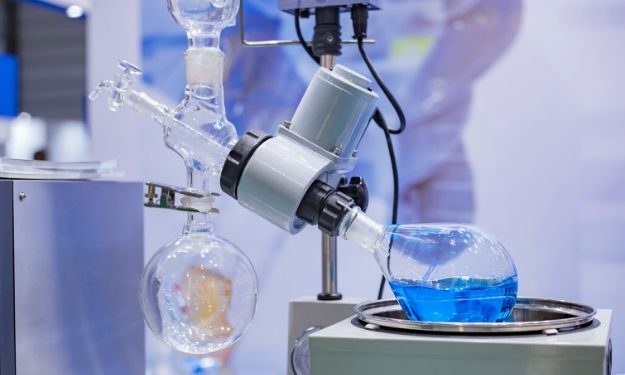Exploring the Technology behind Today’s Most Efficient Rotary Evaporators
Rotary evaporators, commonly referred to as rotovaps, have undergone significant advancements in recent years, blending cutting-edge technology with refined engineering to enhance their efficiency and versatility in various applications. At the heart of this evolution lies a sophisticated interplay between mechanical design, temperature control, and vacuum technology, which collectively streamline the evaporation process, making it faster and more energy-efficient. The core of a rotary evaporator’s function is its rotating flask, which ensures even distribution of the sample and maximizes surface area for evaporation. Modern rotary evaporators utilize precision-engineered components that provide a stable and consistent rotation, often adjustable to optimize the process for different solvents and conditions. The rotation is usually powered by high-torque motors that ensure smooth, reliable operation, and some advanced models offer variable speed controls to accommodate a wide range of applications. Temperature control has seen notable improvements in recent designs. Contemporary rotary evaporators are equipped with advanced heating baths that provide uniform and precise temperature regulation.

These baths are often equipped with digital controllers and temperature sensors that maintain optimal heating conditions, which is crucial for efficient solvent removal without risking degradation of heat-sensitive compounds. Some GWSI models even feature programmable heating profiles, allowing users to tailor the temperature ramps according to specific experimental needs. Vacuum systems have also been significantly enhanced. Modern rotary evaporators employ high-performance vacuum pumps that achieve lower pressures more efficiently, thereby reducing the boiling point of solvents and facilitating faster evaporation at lower temperatures. These vacuum systems often include advanced features like automatic pressure regulation and real-time monitoring, which ensure that the desired vacuum level is consistently maintained throughout the process. This precision is essential for handling delicate samples and preventing contamination. Another noteworthy advancement is the integration of automation and control systems. Today’s rotary evaporators often come with user-friendly interfaces and programmable functions that streamline the operation. Touchscreen controls, remote operation capabilities, and automated sample handling are becoming standard features.
These technologies not only improve the ease of use but also enhance reproducibility and accuracy, allowing for consistent results across different runs and users. Safety is also a paramount consideration in modern designs. Advanced rotary evaporator include multiple safety features such as automatic shutoff systems in case of overheating or vacuum failure, as well as robust glassware designed to withstand high pressures and temperatures. Enhanced safety protocols ensure that the equipment operates reliably and reduces the risk of accidents in the lab. In summary, today’s most efficient rotary evaporators represent the pinnacle of technological innovation in laboratory equipment. Through advancements in mechanical design, temperature control, vacuum technology, automation, and safety, these devices offer unparalleled efficiency and precision in solvent evaporation. As technology continues to evolve, further enhancements are likely to focus on increasing automation, improving energy efficiency, and expanding the range of applications, continuing the trend of making rotary evaporators indispensable tools in modern research and industry.

